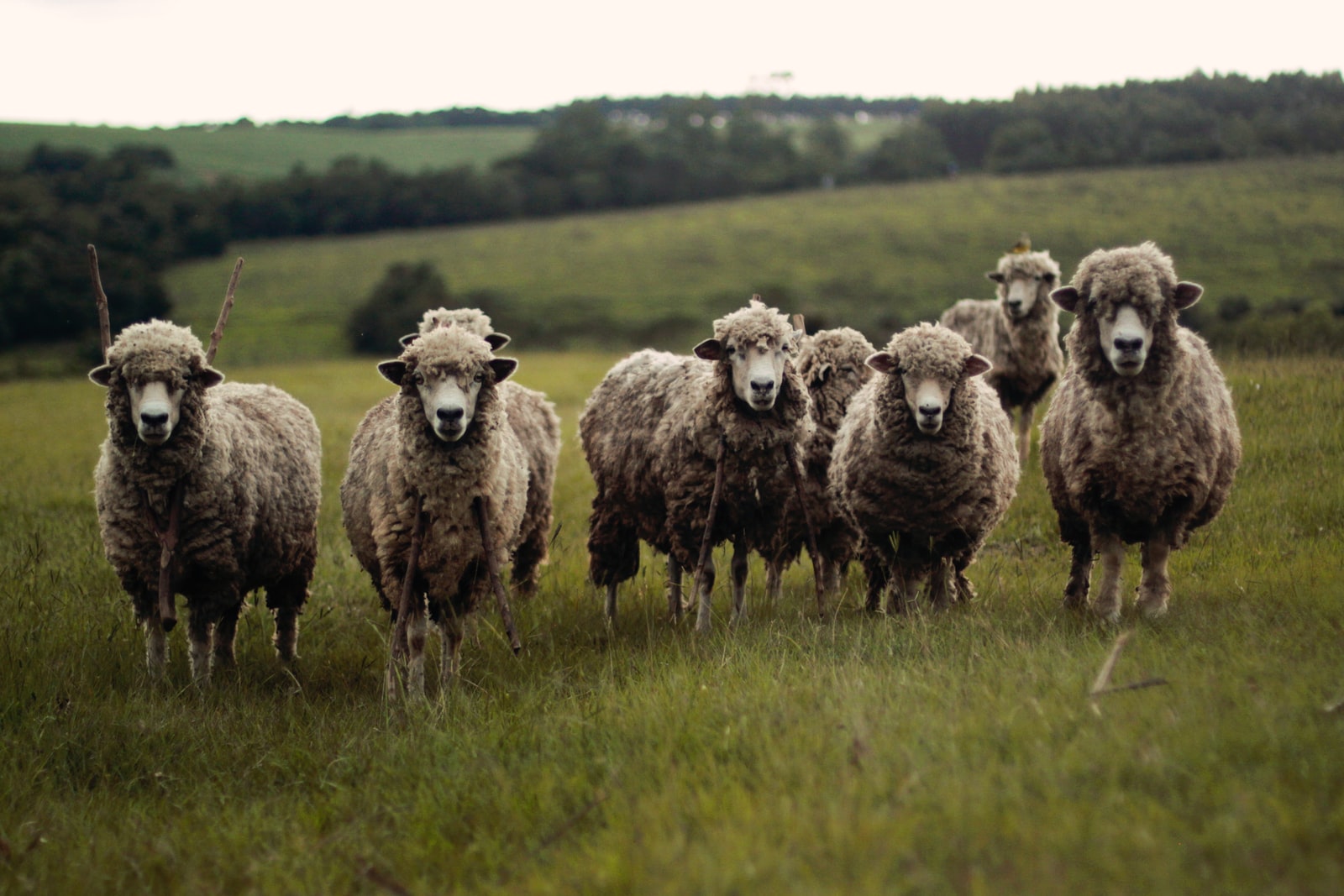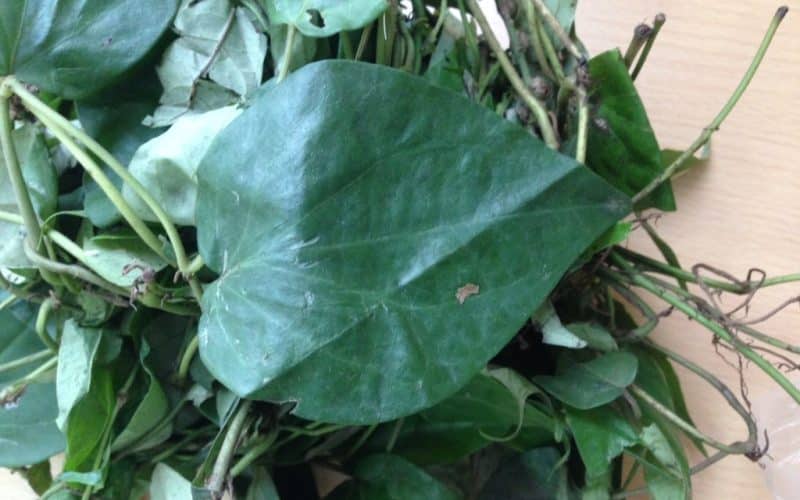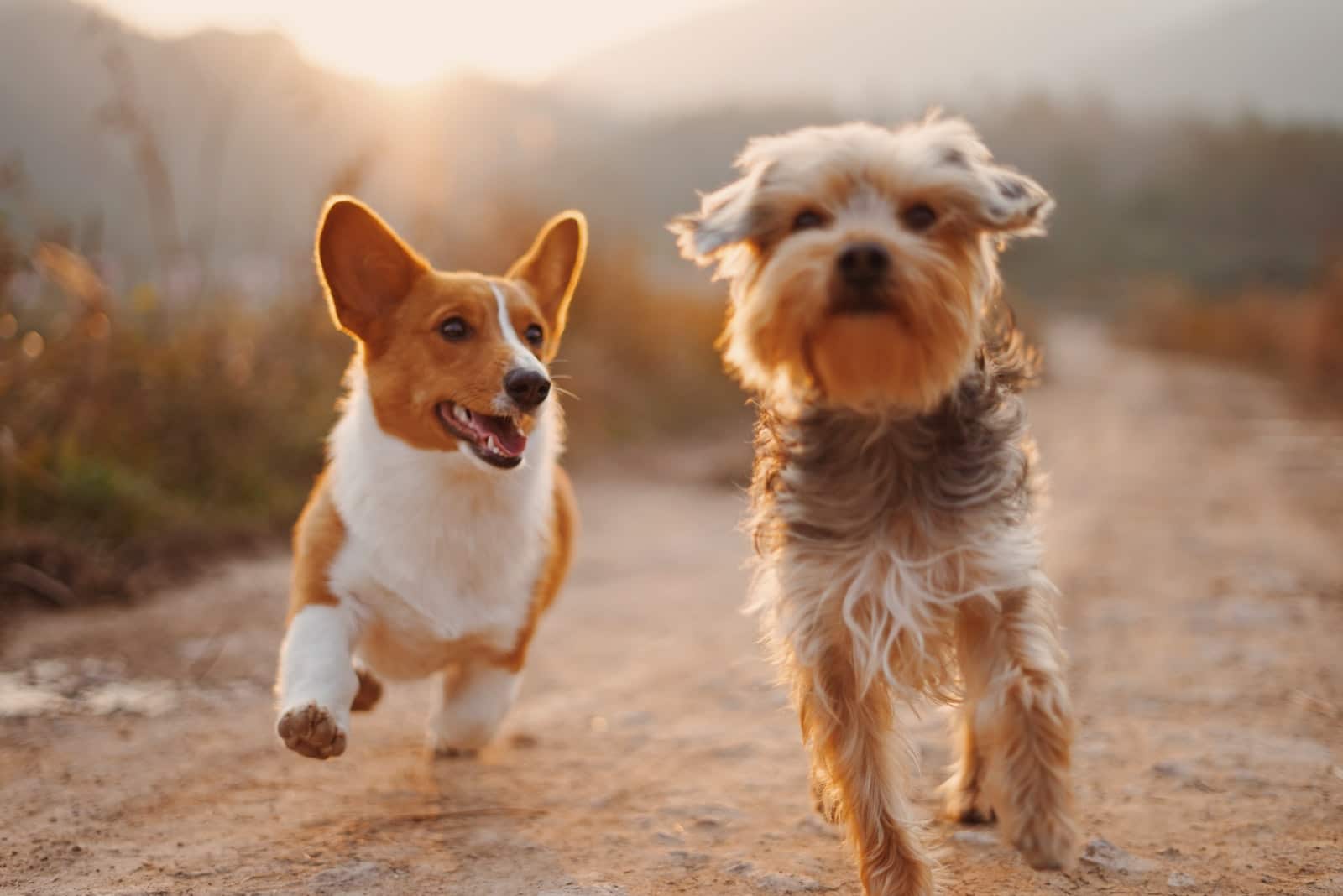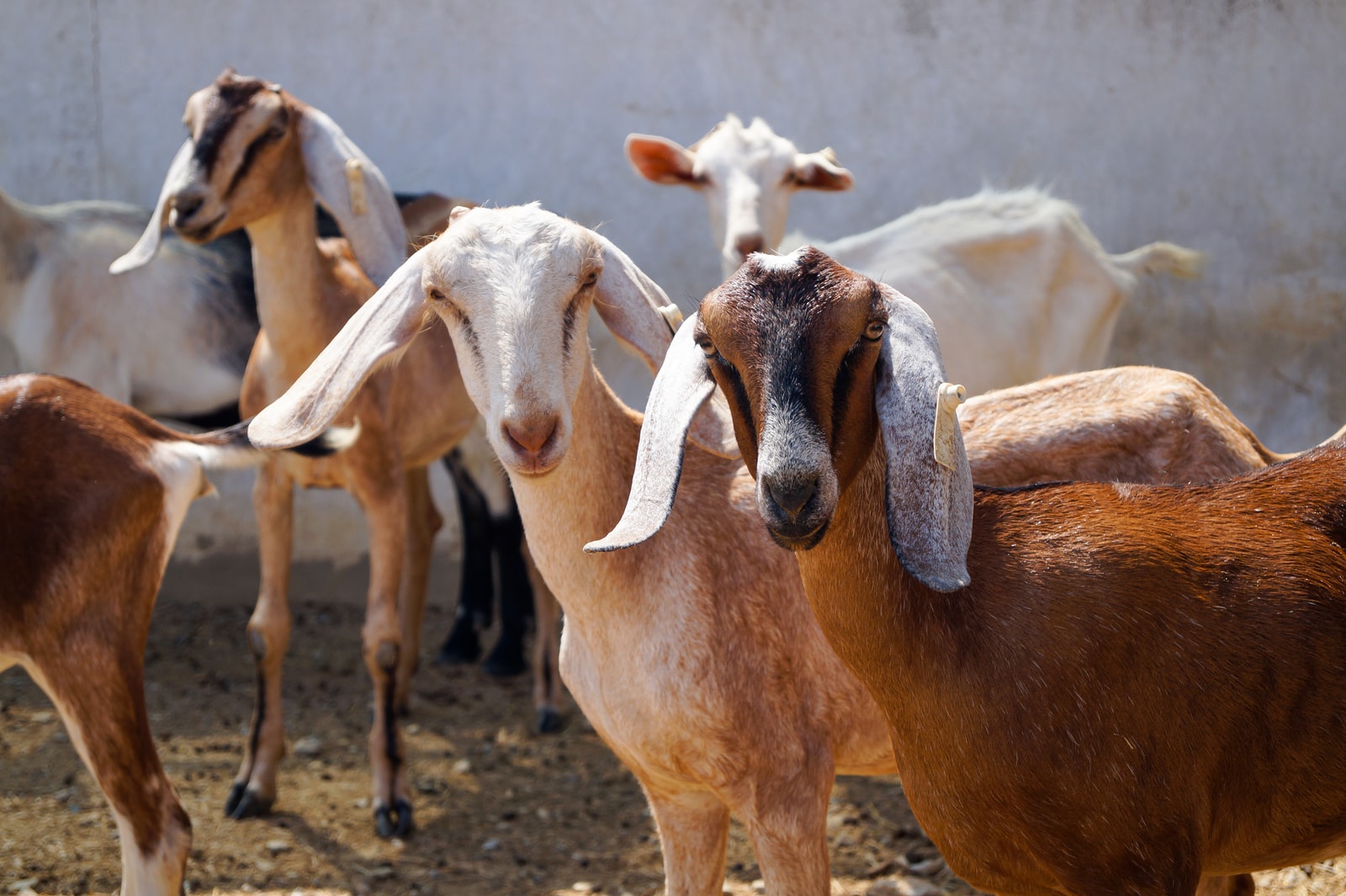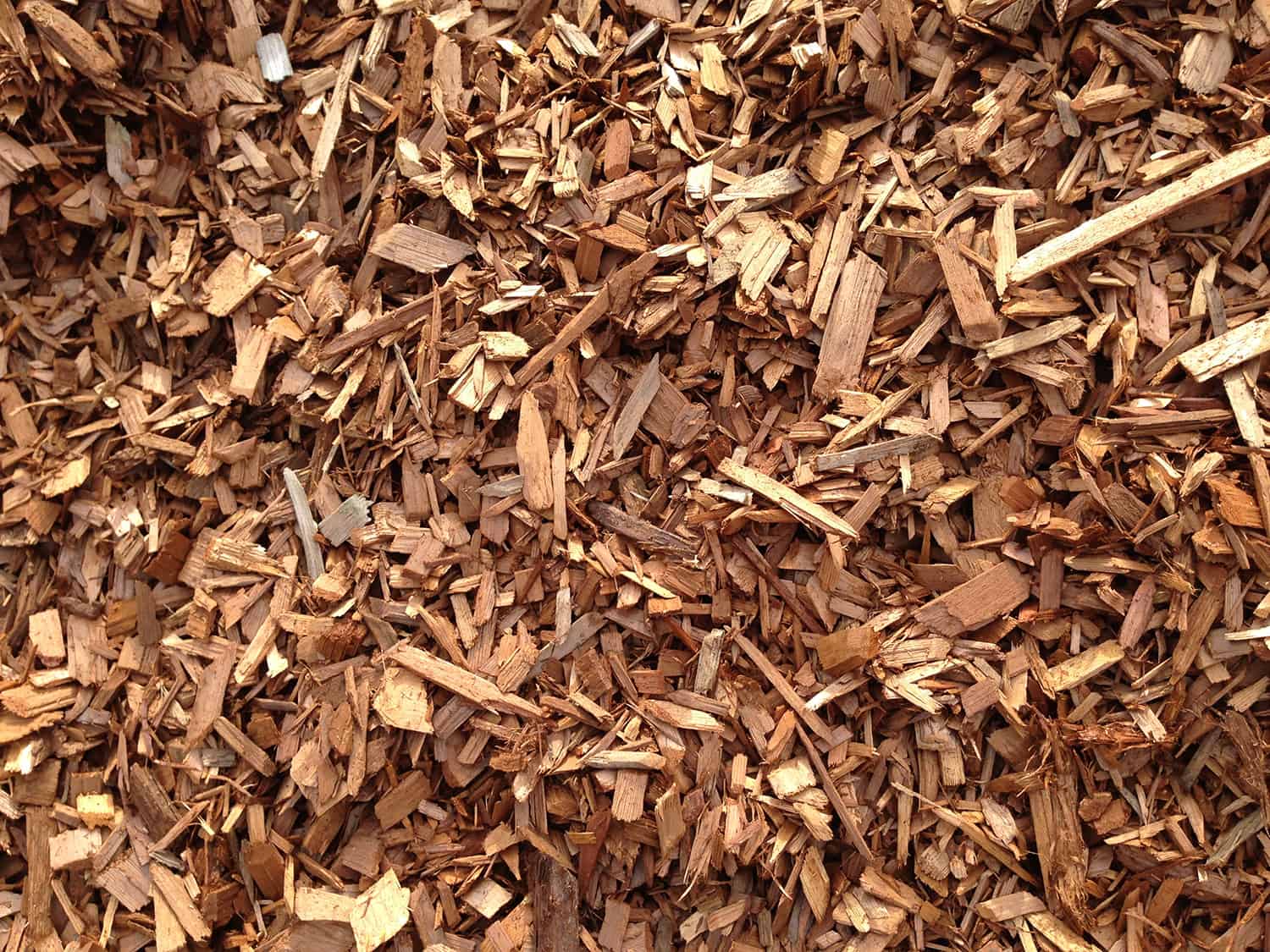There are so many different theories about the origin and ancestors of the domestic sheep.
However, most one thing that is common with most sources is the agreement that the sheep originated from mouflon.
The mouflons are not o popular but there are till two wild populations of mouflons in existence: the Asiatic mouflon is very much in exsistence and can be found in the mountains of southern Iran and Asia Minor and is one of the two type of mouflon available in the world.
The European mouflon is the second type of mouflon and has its only exsisting members on the islands of Corsia and Sardinia.
These two species of mouflons are closely related with the only thing setting them apart being the redder coloration and different configuration of horns of the Asiatic mouflon.
Some sources also claim that the European mouflon actually evolved from the first domestic sheep in Europe after they were allowed to become feral and they also believe that all sheep are descendants of the Asiatic mouflon.
Apart from dogs, Sheep was one of the first animals to be domesticated. An archeological site in Iran revealed a statuette of a wooled sheep and that would suggest that the selection for woolly sheep had started far back as over 6000 years ago.
The most visible features of today’s domestic sheep were already showing up in Babylonian and Mesopotamian art and books by 3000 B.C.
Another thing that indicates the early domestication of sheep is the fact that they remain the only species of livestock that are unable to return to a wild or feral state.
Selection for flocking instinct, wool type, and other economically vital traits over the centuries have led in the occurrence of more than 200 distinct breeds of sheep worldwide.
Modern breeding techniques have also resulted in a rising number of synthetic or composite breeds which are the outcome of a crossing of two or more established sheep breeds.
Below are the different types of sheep in alphabetical order.
A – B
- Acipayam
- Adal
- Afghan Arabi
- Africana
- Alai
- Alcarrena
- Algarvechurro
- Algerian Arab
- Altai
- Altay
- American Blackbelly
- Apennine
- Arabi
- Arapawa Island
- Awassi
- Balkhi
- Baluchi
- Balwen Welsh Mountain
- Barbados Blackbelly
- Bavarian Forest
- Bentheimer Landschaf
- Bergamasca
- Beulah Speckled-Face
- Bibrik
- Biellese
- Blackhead Persian
- Black Welsh Mountain Sheep
- Bleu du Maine
- Bluefaced Leicester
- Bond
- Booroola Merino
- Border Leicester
- Boreray
- Bovska
- Braunes Bergschaf
- Brazilian Somali
- Brecknock Hill Cheviot
- British Milk Sheep
- Brillenschaf
- Bündner Oberland
C – D
- California Red
- California Variegated Mutant
- Campanian Barbary
- Castlemilk Moorit
- Charollais
- Cheviot
- Chios
- Cholistani
- Clun Forest
- Coburger Fuchsschaf
- Columbia
- Comeback
- Comisana
- Coopworth
- Cormo
- Corriedale
- Cotswold
- Criollo
- Dala
- Damani
- Damara
- Danish Landrace
- Dartmoor
- Debouillet
- Delaine Merino
- Dorper
- Derbyshire Gritstone
- Devon Closewool
- Deutsches Blaukoepfiges Fleischschaf
- Dorset
- Dorset Down
- Drysdale
E – G
- Elliottdale
- Exmoor Horn
- Fabrianese
- Faeroes
- Finnsheep
- Fonthill Merino
- Friesian Milk Sheep
- Galway
- Gansu Alpine Fine-wool
- Gentile di Puglia
- German Blackheaded Mutton
- German Mountain
- German Mutton Merino
- German Whiteheaded Mutton
- Gotland Sheep
- Graue Gehoernte Heidschnucke
- Gromark
- Gulf Coast Native
- Gute
H – J
- Hampshire
- Han
- Harnai
- Hasht Nagri
- Hazaragie
- Hebridean
- Herdwick
- Hill Radnor
- Hog Island Sheep
- Hu
- Icelandic
- Ile-de-France
- Istrian Pramenka
- Jacob
- Jezersko-Solcava
K – L
- Kachhi
- Kajli
- Karakul
- Katahdin
- Kerry Hill
- Kooka
- Langhe
- Lati
- Leicester Longwool
- Leineschaf
- Lincoln
- Llanwenog
- Lleyn
- Lohi
- Lonk
- Luzein
M – N
- Manx Loaghtan
- Masai
- Massese
- Medium-Wool Merino
- Mehraban
- Merinolandschaf
- Moghani
- Montadale
- Morada Nova
- Mouflon
- Navajo-Churro
- Norfolk Horn
- North Country Cheviot
- Norwegian Fur
O – P
- Old Norwegian
- Orkney
- Ossimi
- Oxford
- Pagliarola
- Pelibüey
- Perendale
- Pinzirita
- Pitt Island
- Poll Merino
- Polwarth
- Polypay
- Pomeranian Coarsewool
- Portland
- Priangan
R – S
- Rabo Largo
- Racka
- Rambouillet
- Rasa Aragonesa
- Red Engadine
- Rhoenschaf
- Rideau Arcott
- Romanov
- Romney
- Rouge de l’Quest
- Rough Fell
- Royal White
- Rya
- Ryeland
- Rygja
- Sahel-type
- Santa Cruz
- Santa Inês
- Sardinian
- Sar Planina
- Scottish Blackface
- Sicilian Barbary
- Shetland
- Shropshire
- Skudde
- Soay
- Somali
- Sopravissana
- South African Merino
- South African Mutton Merino
- South Suffolk
- Southdown
- South Wales Mountain
- Spælsau
- Spiegel
- St. Croix (Virgin Island White)
- Steigar
- Steinschaf
- Strong Wool Merino
- Suffolk
- Sumavska
- Swaledale
- Swedish Fur Sheep
T – V
- Targhee
- Teeswater
- Texel
- Thalli
- Tong
- Touabire
- Tsurcana
- Tunis
- Tyrol Mountain
- Uda
- Ujumqin
- Ushant
- Valais Blacknose
- Vendéen
W – Z
- Walachenschaf
- Wallis Country Sheep
- Waziri
- Weisse Hornlose Heidschnucke
- Welsh Hill Speckled Face
- Welsh Mountain
- Welsh Mountain Badger Faced
- Wensleydale
- West African Dwarf
- White Suffolk
- Whiteface Dartmoor
- Whiteface Woodland
- Wiltshire Horn
- Xinjiang Finewool
Leave a comment below if you have questions or suggestions.



